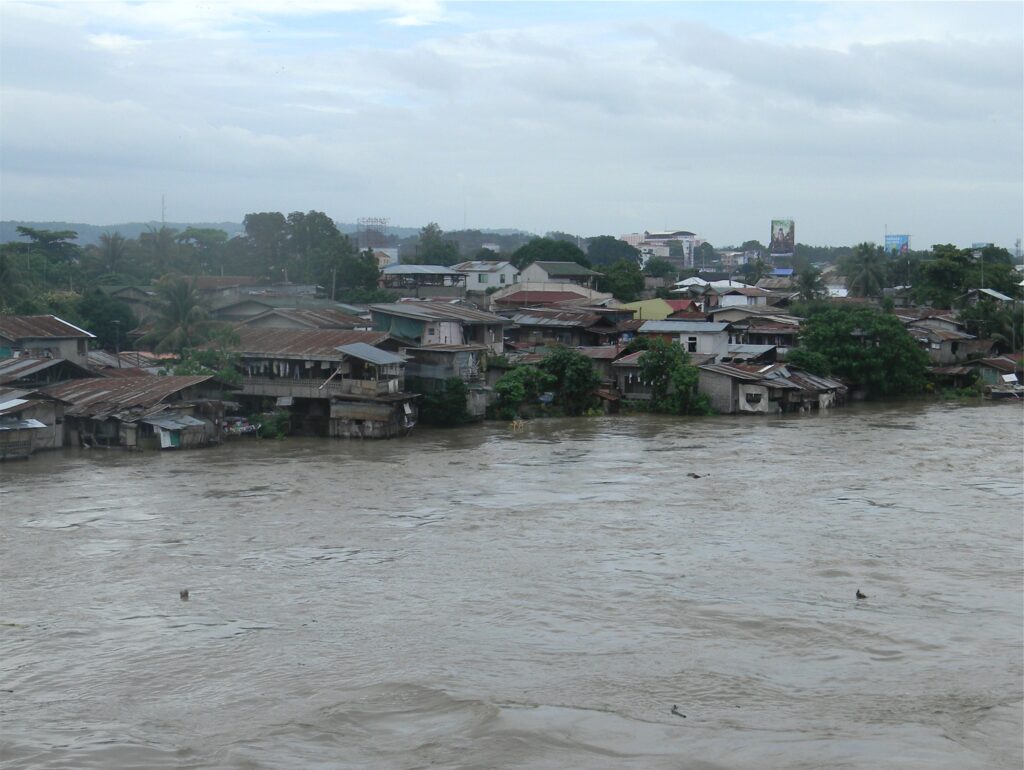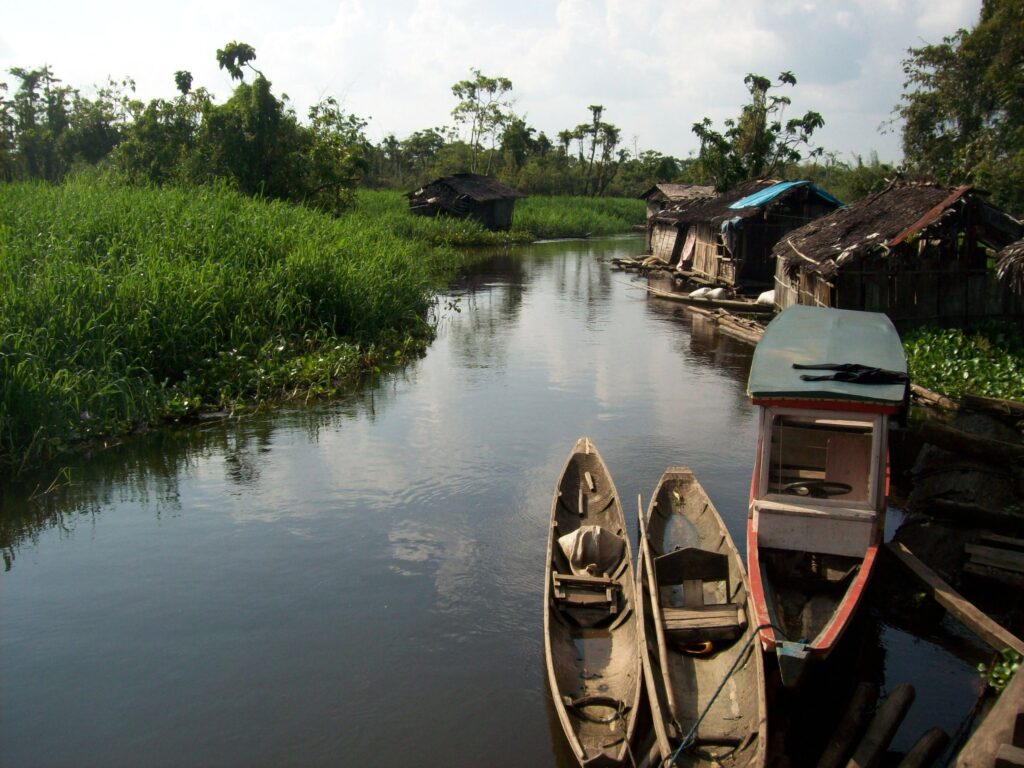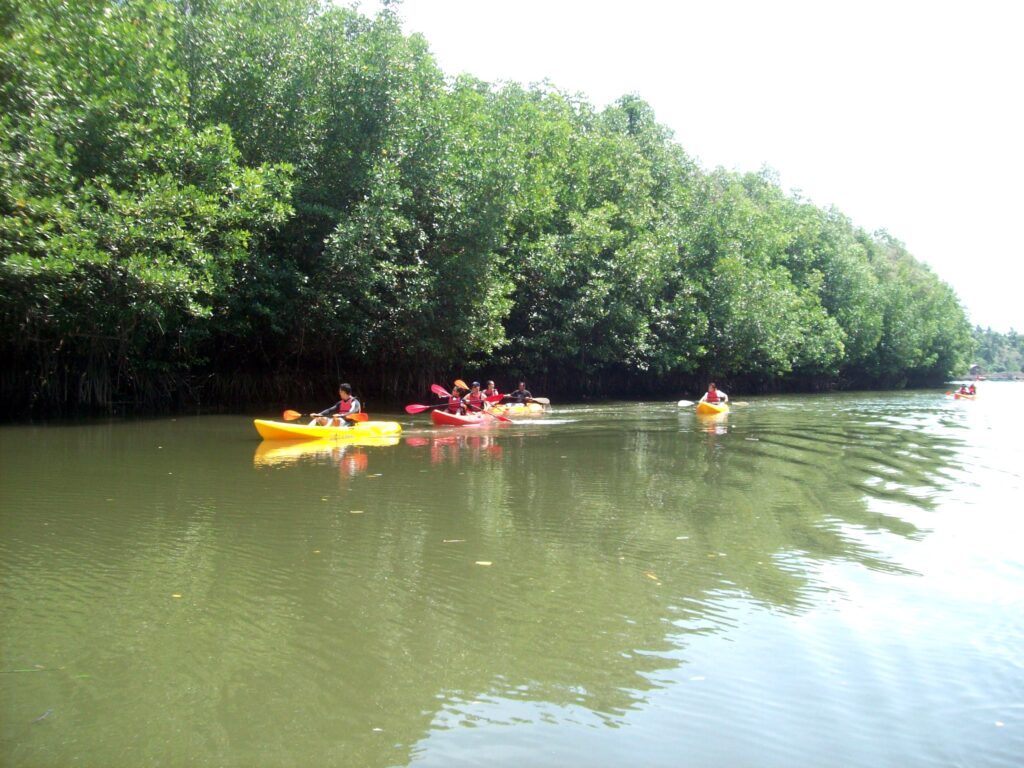Text and Photos by Henrylito D. Tacio
If Davao River has to continue rendering services to the people of Davao City, then the people should work together to restore it back to life, urged the regional office of the Department of Science and Technology (DOST).
The Davao River is part of the Davao River Basin, with more than half (66.5%) of the basin’s total length of 86 kilometers is located in the city. About 25.3% of the river’s total land area of 175,960 hectares is located in Bukidnon, while the remaining 8.3% is in Davao del Norte, particularly Talaingod.
“Davao River plays a very important role to the people of Davao City considering the various services it provides like in the sector of agriculture, tourism, and in household, to name a few,” said the Environmental Management Bureau (EMB) of the Department of Environment and Natural Resources (DENR).
The Davao City Water District is planning to tap the Davao River as the future source of drinking water for the city. Right now, DCWD is getting 98% of its supply of drinking water from groundwater sources.
Based on a study done by the Japan International Cooperation Agency (JICA) in 1998, Davao City’s water demand in 2025 will be 153 million cubic meters per year, but the groundwater availability average is only 84 million cubic meters.
“Davao City will be short of water supply if it will just continue relying on groundwater,” observed the Interfacing Development Interventions for Sustainability (IDIS), a Davao-based environmental group.
Possible water source
That’s why DCWD is looking for the Davao River as a possible source of water supply for the people of Davao City. Unfortunately, the Davao River is considered one of the polluted rivers in the country based on the 5-year water quality assessment made by EMB.
“Pollution is due mainly to the unregulated use and poor methods of fertilizers and pesticides, inappropriate land use practices, inadequate monitoring of industrial and commercial premises and activities, and poor maintenance of septic tanks and absence of sewerage,” EMB said.
In 2012, Davao River was designated by EMB as Water Quality Management Area in Region XI. “The designation of Davao River as WQMA is very timely because holistic intervention is needed to arrest the problems that threaten the water quality of the Davao River,” EMB said in a statement.
The Davao River is not alone. “In the Philippines, 180 out of 421 rivers and other bodies of water are immensely polluted and are soon to be considered as biologically dead,” said House Bill No. 8776, which Representative Alfred Vargas filed. “The Filipino people will suffer the consequences if this catastrophic issue is not addressed.”
Davao River, with a length of 160 kilometers, is among the top longest rivers in the Philippines. The other rivers from Mindanao which made it to the longest list are Rio Grande de Mindanao (373 kilometers), Agusan River (350 kilometers), and Pulangi River (320 kilometers). Eight of the 19 major rivers are in Mindanao.
IDIS said there are four main sources of river-water pollution: agriculture, factories, mines, and people.
Mine tailings are major river-pollutants, IDIS said. “The mine tailings spill from Marcopper in Marinduque caused deposition of some 1.6 million cubic meters of tailings along the 27-kilometer span of the Boac River system and the coastal area. “Boac River was left virtually dead,” IDIS said.
Dire consequences
Now, if the Philippines will not protect its rivers and rehabilitate those dying and dead, the people will definitely face dire consequences: ecological catastrophe and economic debacle.
Such warning was emphasized by Senator Franklin M. Drillon in a speech delivered during the first Philippine International River Summit convened in Iloilo City some years back.
“I do not want to be called the Prophet of Doom,” he said, “but it pays to listen to concerned quarters who have been warning us that one of the fiercest battles in the future is on water. Indeed, the possibility that there will be less water available for people and industries in the near future is not remote in view of the droughts and famines experienced by many countries in the world. Hence, we need to intensify the campaign to protect our rivers, creeks and streams.”
“A healthy river is a niche of biodiversity,” writes Ricardo M. Umali, former undersecretary of the Department of Environment and Natural Resources (DENR). “Depending on temperature, salinity, level of pollution, and especially the speed of water flow, different aquatic species will thrive in a river, its banks, or surrounding environment.”

Davao River 
Agusan River 
Tagum River
Unfortunately, some of the country’s major rivers are undergoing various degradation. “Today, our rivers are facing threats and challenges that we, as stewards of Mother Nature’s assets, must address,” Senator Drillon said.
“Among them are urban growth and development, lack of concrete or sound land use policy, climate change, flood risk, agricultural activities, pollution and increasing poor water quality,” he added.
Biologically dead
When is a river considered biologically dead?
The common measures of the vitality of a river are the number of bacteria present and the level of dissolved oxygen (DO). The number of bacteria depends on the amount of raw sewage and domestic waste in the water. This means that the more waste, the more bacteria.
One of the rivers in Metro Manila that has been identified as biologically dead is the Pasig River, which connects Laguna de Bay to Manila Bay.
A study conducted by the Danish International Development Agency (DANIDA) in the 1990s found that the DO in the water of Pasig River was only one milligram per liter in many parts and plummeted to zero at certain points.
The biochemical oxygen demand (BOD) – the oxygen in the water required by aerobic bacteria so they could dissolve all organic matter thrown into the river – was measured at 350 tons. The virtual absence of this oxygen made it impossible for such bacteria to “eat” up the debris thrown in the river.
“This absence of oxygen is the main cause of offensive odor and the absence of biological life in the Pasig,” the DANIDA explained.
In the past, the river was teeming with life, and people came to see its beauty. “The river showed off its bounty around the 1940s when, being relatively unpolluted, it generously flowed for people to wash clothes and take a bath in, for poets to admire, and for fishermen to take home a bountiful catch,” recalled Dr. Macrina Zafaralla in her study, Pasig: The Ecology of a Dying River.
Today, this scenario is all gone. As Manila developed with the imperatives of urbanization, industrial establishments conveniently mushroomed along both sides of the fabled river. Subsequent events tell of the usual path taken by all rivers that have witnessed the growth of great cities adjacent to them.
“With time, the river became an overused artery of commercial and industrial pursuits,” Dr. Zafaralla noted in her study. “In the 1960s, the water shimmered in oily squalor. Thereafter, water from artesian wells dug along the banks became non-potable for human consumption.
“As the water came to a standstill, water hyacinth blossomed in unimaginable thickets. Oil slicks, gases and other pollutants merged to spew out foul air. The degraded state of the river had never been more unbearable,” Dr. Zafaralla wrote.
According to the International Institute of Rural Reconstruction (IIRR), based in Silang, Cavite, organic pollutants are the main cause of water pollution in the rivers. They include human sewage, animal waste, surface runoff from streets, cleaning materials, organic fertilizers, and wastes from food processing plants and pulp and paper factories.
“These pollutants are not directly poisonous to life in the rivers but they reduce the amount of oxygen dissolved in the water, aside from increasing the amount of carbon dioxide, nitrates, and phosphates,” the IIRR said.
Serious threat
In 2008, a survey conducted by the Social Weather Stations (SWS) showed that five of every 10 Filipinos believe water pollution is a serious threat to their health and environment.
Unsafe water means diseases – if not death. Contaminated drinking water and waterborne diseases caused 4,200 deaths a year and 500,000 illnesses. “An estimated 50% of typhoid cases (in the Philippines) are due to water pollution, sanitation conditions, and hygiene practices,” a World Bank report stated. “Outbreaks are commonly associated with contaminated water supply systems.”
Another World Bank study warned of a possible water scarcity problem in the country by 2025. By that time, water availability will be marginal in most major cities and in eight of the 19 major river basins.
Save those dying rivers and rehabilitate the dead ones now – before it’s too late? As Senator Drillon puts it: “Think of ways on how to keep our rivers healthy so that the younger generations and the generations yet unborn can still enjoy them. Let us be good stewards of Mother Nature. Let us save our rivers.”

